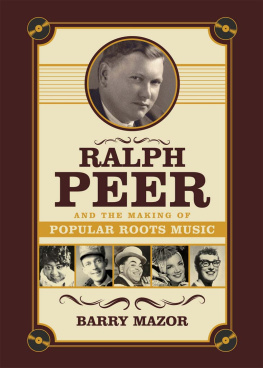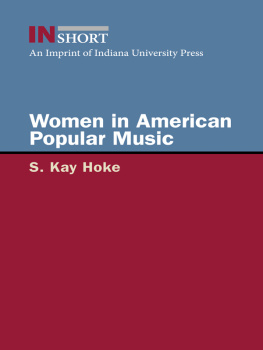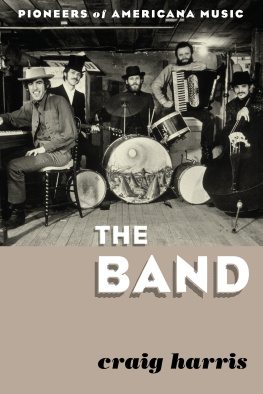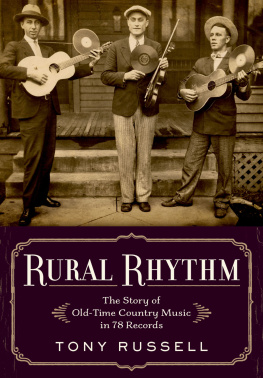Thank you for downloading this Simon & Schuster ebook.
Get a FREE ebook when you join our mailing list. Plus, get updates on new releases, deals, recommended reads, and more from Simon & Schuster. Click below to sign up and see terms and conditions.
Already a subscriber? Provide your email again so we can register this ebook and send you more of what you like to read. You will continue to receive exclusive offers in your inbox.
We hope you enjoyed reading this Simon & Schuster ebook.
Get a FREE ebook when you join our mailing list. Plus, get updates on new releases, deals, recommended reads, and more from Simon & Schuster. Click below to sign up and see terms and conditions.
Already a subscriber? Provide your email again so we can register this ebook and send you more of what you like to read. You will continue to receive exclusive offers in your inbox.
Cannons Jug Stompers (from left to right): Gus Cannon, Ashley Thompson, and Noah Lewis

Touchstone
An Imprint of Simon & Schuster, Inc.
1230 Avenue of the Americas
New York, NY 10020
www.SimonandSchuster.com
Copyright 2017 by Bernard MacMahon and Allison McGourty
All rights reserved, including the right to reproduce this book or portions thereof in any form whatsoever. For information, address Touchstone Subsidiary Rights Department, 1230 Avenue of the Americas, New York, NY 10020.
First Touchstone hardcover edition May 2017
TOUCHSTONE and colophon are registered trademarks of Simon & Schuster, Inc.
For information about special discounts for bulk purchases, please contact Simon & Schuster Special Sales at 1-866-506-1949 or .
The Simon & Schuster Speakers Bureau can bring authors to your live event. For more information or to book an event, contact the Simon & Schuster Speakers Bureau at 1-866-248-3049 or visit our website at www.simonspeakers.com.
Interior design by Lorie Pagnozzi
Jacket design by Nathanio Strimpopulos at Third Man Records
Cover photo by Iaroslav Neliubov/Shutterstock.com
Library of Congress Cataloging-in-Publication Data
Names: MacMahon, Bernard, 1970 author. | McGourty, Allison, author. | Wald, Elijah, author.
Title: American epic : the first time America heard itself / by Bernard MacMahon and Allison McGourty with Elijah Wald.
Description: New York : Touchstone, 2017. | Includes bibliographical references.
Identifiers: LCCN 2016001493| ISBN 9781501135606 (hardcover) | ISBN 9781501135613 (pbk.)
Subjects: LCSH: Sound recording industryUnited StatesHistory. | Popular musicUnited StatesHistory and criticism. | Popular cultureUnited StatesHistory20th century.
Classification: LCC ML3790 .M15 2016 | DDC 781.640973/09042dc23 LC record available at http://lccn.loc.gov/2016001493
ISBN 978-1-5011-3560-6
ISBN 978-1-5011-3562-0 (ebook)
TO DUKE ERIKSON, WITHOUT WHOM AMERICAN EPIC WOULD NOT EXIST
TEN YEARS AGO, WE SET OUT ON A JOURNEY TO EXPLORE THE VAST RANGE OF ETHNIC, RURAL, AND REGIONAL MUSIC RECORDED IN THE UNITED STATES DURING THE LATE 1920S. THAT WAS AN AMAZING PERIODTHE FIRST TIME AMERICANS HEARD EACH OTHER IN ALL THEIR RICHNESS AND VARIETYAND IT RESHAPED THE WHOLE CONCEPT OF POPULAR MUSIC. ALMOST A CENTURY LATER, WE WANTED TO SEE IF WE COULD STILL EXPERIENCE THAT MUSIC DIRECTLY, AMONG THE PEOPLE WHO MADE IT, IN THE PLACES IT WAS PLAYED, FEELING THE THRILL OF THE MOMENT WHEN IT WAS CAPTURED ON RECORDS.
WE STARTED BY CHOOSING SOME ARTISTS AND RECORDINGS THAT WE FOUND PARTICULARLY MOVING, THEN SET OUT TO TRACE THEM THROUGH SPACE AND TIME. AT TIMES IT SEEMED A QUIXOTIC QUEST, BUT AS WE TRAVELED, WE KEPT BEING STARTLED BY THE OVERLAPS OF OLD AND NEW, THE WAYS IN WHICH THE MUSIC OF THE PAST CONTINUED TO RESONATE AND REFLECT THE PRESENT. WE HAD LEFT OUR HOME IN TWENTY-FIRST-CENTURY BRITAIN TO TRAVEL ACROSS A FOREIGN COUNTRY AND DEEP INTO THE PAST, BUT OVER AND OVER AGAIN, THE PEOPLE WE MET AND THE PLACES WE VISITED FELT VERY FAMILIAR AND VERY MUCH IN THE PRESENT.
WE WANTED TO PRESERVE THE WORDS OF THE PEOPLE WE MET AND GIVE READERS A CHANCE TO VISIT WITH THEM AND HEAR THEIR STORIES...

Bernard MacMahon
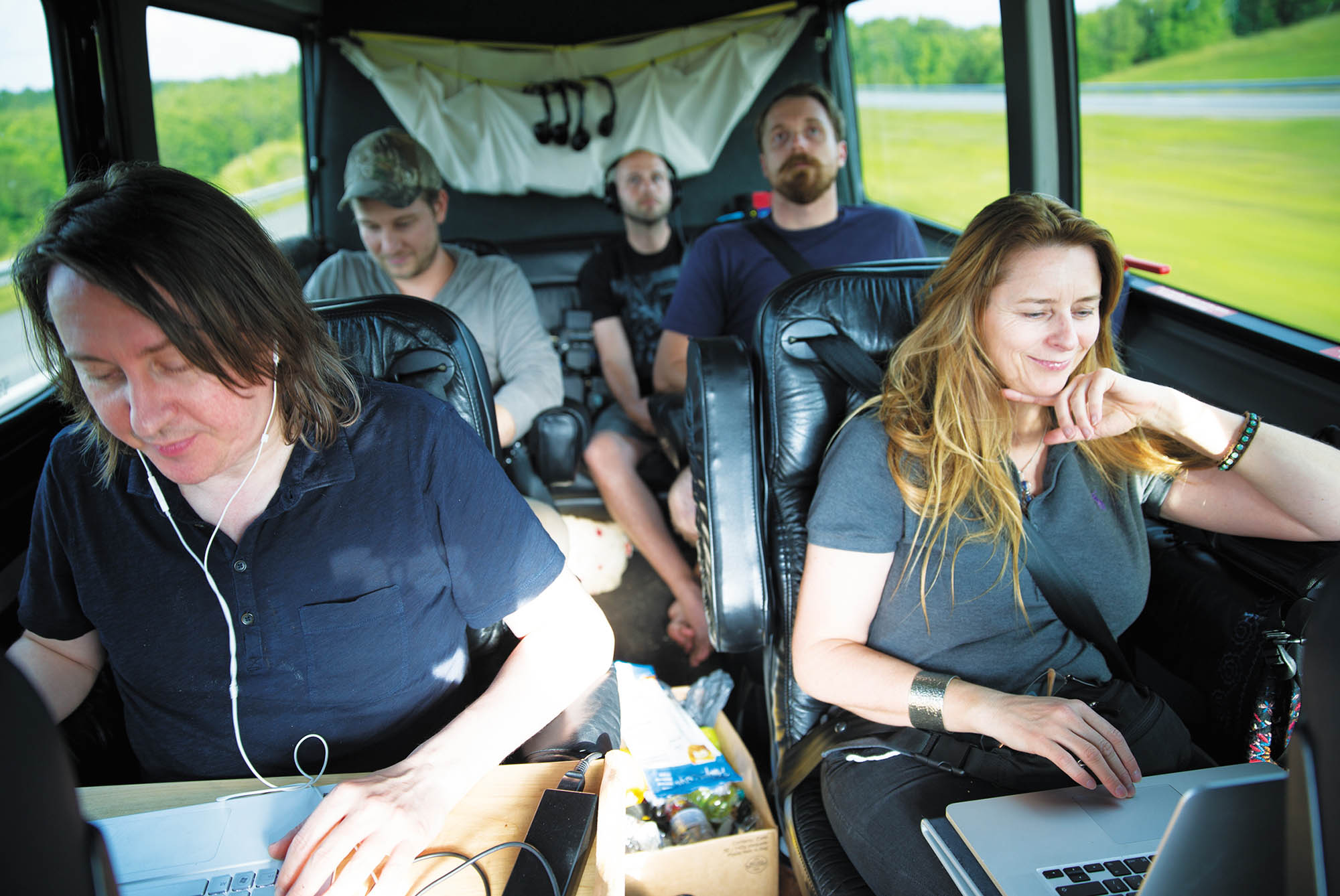
The film crew

New York
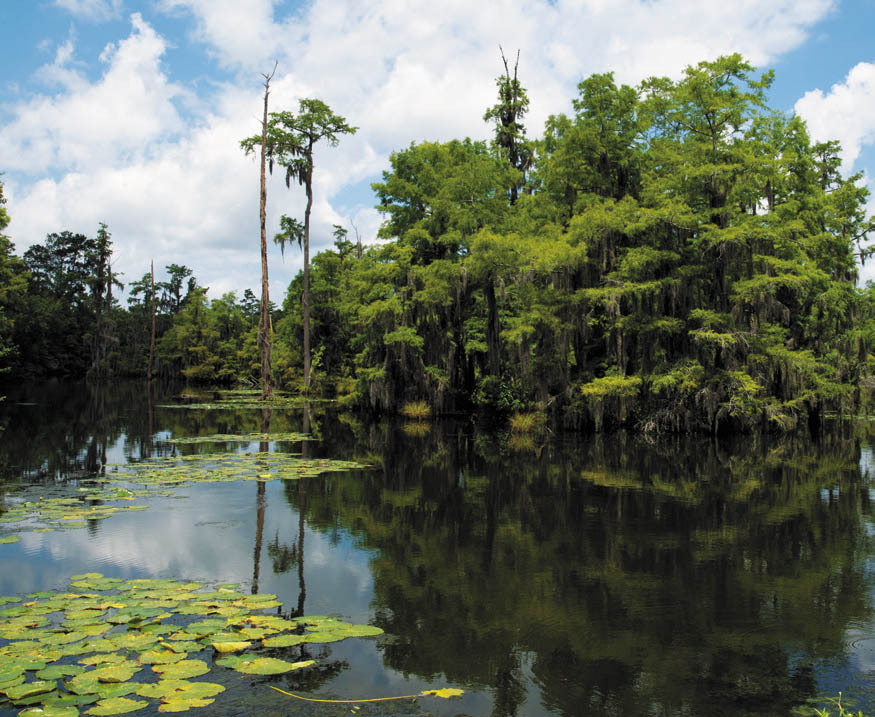
Louisiana
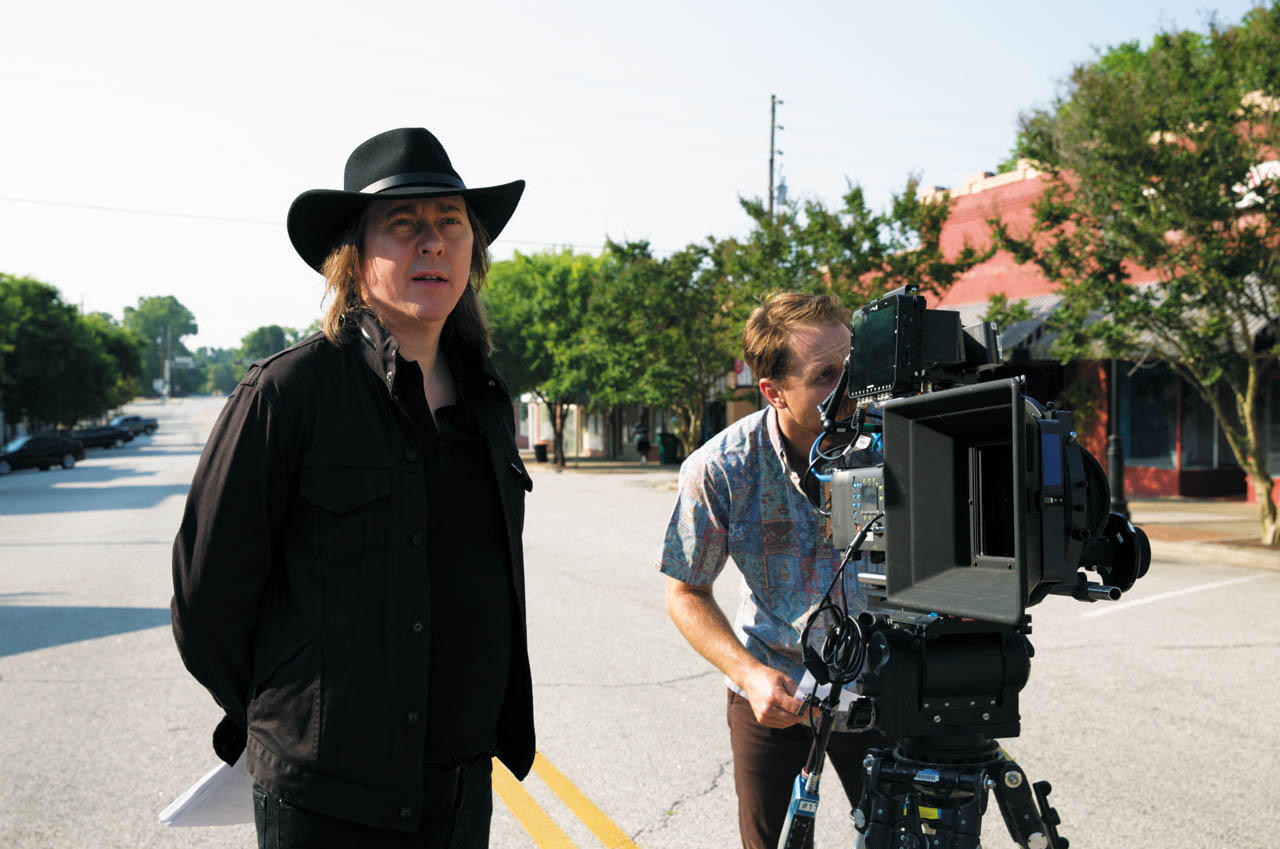
Bernard filming in Cheraw, South Carolina
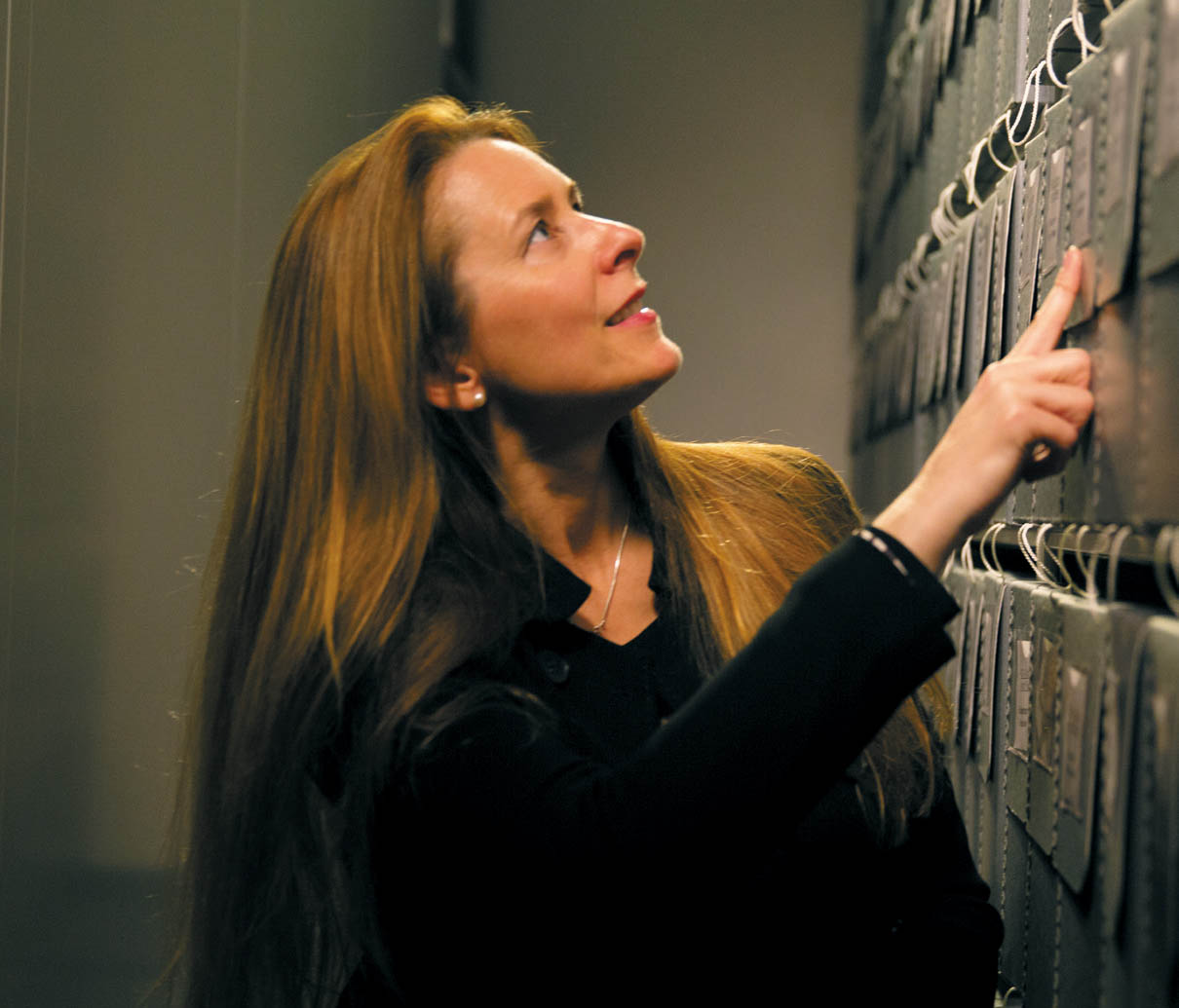
Allison McGourty in Sony Archives
T hat journey became the American Epic project: a series of films, a series of albums, and this book. We wanted to preserve the words of the people we met and give readers a chance to visit with them and hear their stories, and to share the hundreds of photographs, advertisements, postcards, and other material we found along the way.
As we traveled, we were always conscious of following well-beaten paths: we were retracing the commercial expeditions of the record company scouts who fanned out across America in the 1920s in search of new styles of music, and also the voyages of the many musicians who left homes and loved ones in hopes of having their voices and instruments preserved on fragile shellac discs. We wanted to bring those experiences to life: to escape the museum atmosphere of history books and reissue albums by going to the places where the musicians lived and the recordings were made, walking the streets and breathing the air these people breathed, meeting their families, and immersing ourselves in their worlds.
We prepared ourselves by reading the histories, combing the archives, and talking with the experts, and also went on a technological journey that involved re-creating a studio of the period, with a 1920s-era Western Electric amplifier and weight-driven Scully lathe to do our own recording sessions. We were seeking simultaneously to understand how music was created and preserved in the past and to experience that music as directly as possible in the present. We first fell in love with the rural and ethnic recordings of the 1920s because they touched and moved us as modern listeners, and we wanted to extend and explore that direct emotional connection.
There is a unique freshness and vitality to those early recordings, made by people who in many cases had never imagined they would be heard or appreciated beyond their own communities. That first, experimental period was dauntingly brief: the Depression hit in 1929, and record companies went out of business or fell back on reliable sales formulas. But for a few years they were taking chances and recorded an astonishing range of styles, and those recordings forever changed the scope and meaning of popular music: instead of urban theater, concert, and cabaret performers singing the compositions of professional composers and lyricists, they captured the voices, rhythms, and melodies of regular working people, the music that evolved into country and western, rhythm and blues, and beyondrock n roll, funk, punk, rap, tejano, reggae, and myriad other styles around the world.


